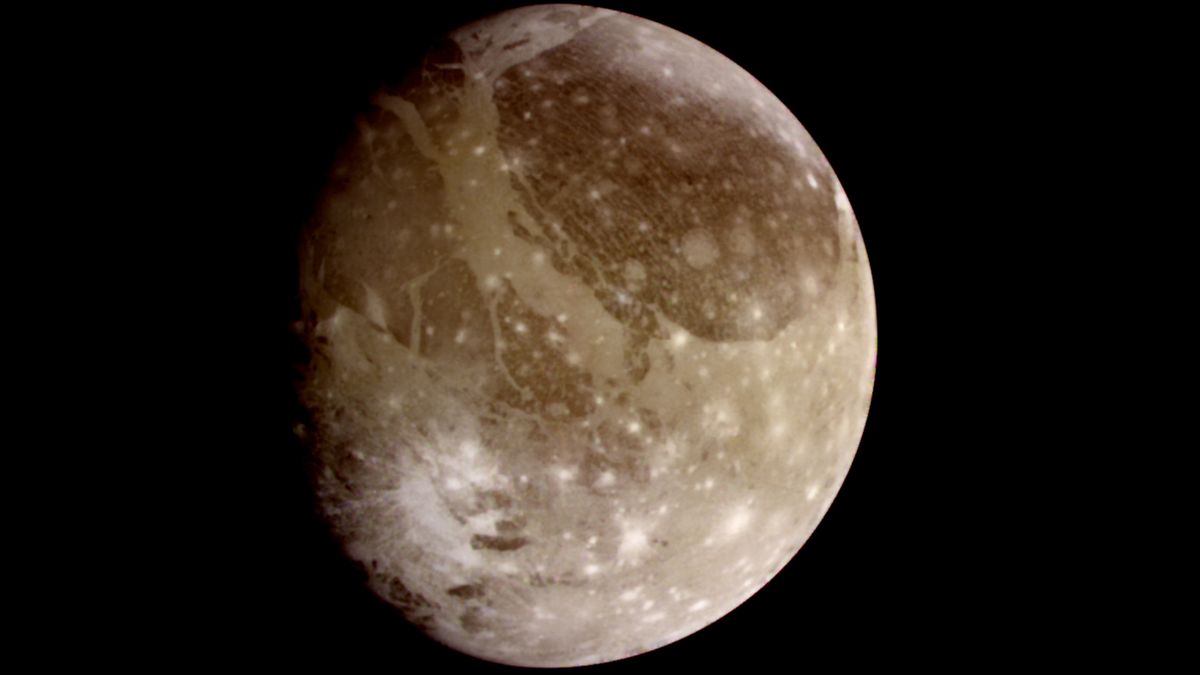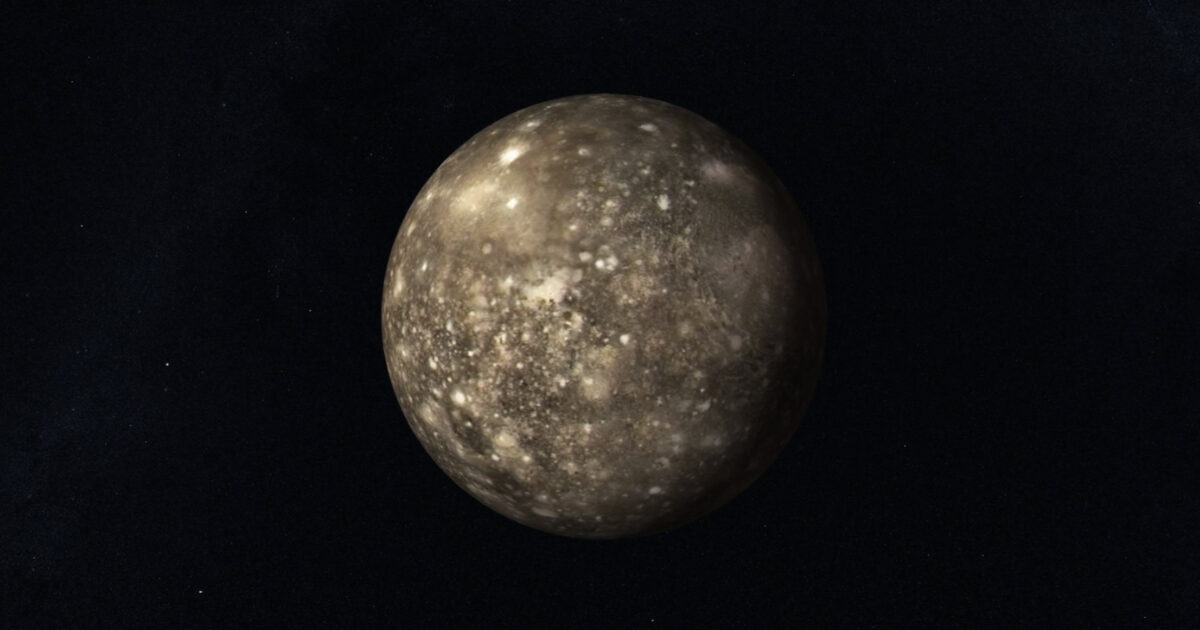More than 200 known moons orbit bodies in the Solar System, and for most of these moons, size, composition, and origin vary extensively. Some of the Solar System’s moons even rival the smallest planets! These intriguing worlds orbiting gas giants (including Jupiter and Saturn) reveal much about planetary formation and evolution.
For over a century, these moons have interested astronomers, from Jupiter's massive Ganymede to Neptune's intriguing Triton. Many of these moons have icy surfaces, subsurface oceans, or erupting geysers. Therefore, these moons are very likely candidates for future missions. Here we list the Top 7 largest moons in the Solar System by size and key scientific importance.
Check Out: Which is the Farthest Man-Made Object from the Earth?
Top 7 Largest Moons in the Solar System
Here are the top 7 largest moons in the solar system along with the planet that it orbits around, diameter and key features:
| Rank | Moon Name | Planet It Orbits | Diameter (km) | Key Feature |
| 1 | Ganymede | Jupiter | 5,268 | Largest moon in the Solar System; larger than Mercury |
| 2 | Titan | Saturn | 5,151 | Thick nitrogen atmosphere; lakes of liquid methane |
| 3 | Callisto | Jupiter | 4,821 | Heavily cratered and ancient surface |
| 4 | Io | Jupiter | 3,643 | Most volcanically active body in the Solar System |
| 5 | Moon (Luna) | Earth | 3,475 | Only natural satellite of Earth; causes tides |
| 6 | Europa | Jupiter | 3,122 | Icy crust likely hiding a subsurface ocean |
| 7 | Triton | Neptune | 2,707 | Retrograde orbit; possible cryovolcanic activity |
1. Ganymede (Jupiter)

Ganymede, the biggest moon in the Solar System, is approximately 5,268 km in diameter – larger than the planet Mercury. It has its own magnetic field and is made mainly of rock and ice. Scientists think that a large ocean exists underneath its icy shell.
Ganymede’s grooved terrain and geological activity point to a more dynamic history, and Ganymede will be a strong target for future exploration.
2. Titan (Saturn)
Titan, the largest moon of Saturn, is slightly smaller than Ganymede but is one of a kind for its thick nitrogen atmosphere and weather system. Titan has lakes and rivers of liquid methane and ethane that make it similar to early Earth.
NASA’s upcoming mission Dragonfly will explore Titan’s surface and prebiotic chemistry. Titan’s clouds, organic molecules, and dunes make it one of the more Earth-like bodies in space.
3. Callisto (Jupiter)

Callisto, the next largest moon, has a diameter of 4,821 km and exhibits an ancient, heavily cratered surface. Callisto is thought to be the most geologically quiet of Jupiter’s large moons, having little internal activity.
Below Callisto’s icy crust, it is theorized that a salty ocean might exist. Due to Callisto’s radiation environment stability, Callisto is sometimes seen as a potential site for human bases in the future.
4. Io (Jupiter)
Io, Jupiter’s fiery moon, is the most geologically active world in the Solar System. Its surface is continually changing due to powerful eruptions originating from Jupiter’s tidal forces. The eruption patterns of bright yellows, reds, and whites are from sulfur deposits moving along cracks caused by volcanic activity.
Even under severe heat and radiation, Io offers extremely important information about geological activity beyond the planet Earth, and the role gravitational energy plays in shaping celestial bodies.
5. The Moon (Earth)
Earth’s Moon, the closest celestial body to us, is about 3,475 km in diameter and is the fifth largest moon in the Solar System. The Moon is important for stabilizing Earth’s rotation and controlling ocean tides.
The current model for the formation of the Moon 4.5 billion years ago describes a massive collision forming the Moon. The Moon has been key for humanity’s first steps in exploration beyond Earth and is still important for human landings in the future.
Conclusion
The largest moons of our solar system are more than just moons, they are diverse worlds with varied atmospheres, surfaces, and history. Ganymede's magnetic field, Titan's lakes of methane, and Io's flaming volcanoes each unveil different toxic experiences of some type of cosmic evolution. Studying these moons is crucial in addressing questions about planetary formation, geologic activity, and potential for life beyond Earth, thus, the moons are a prime target for future missions.
Comments
All Comments (0)
Join the conversation